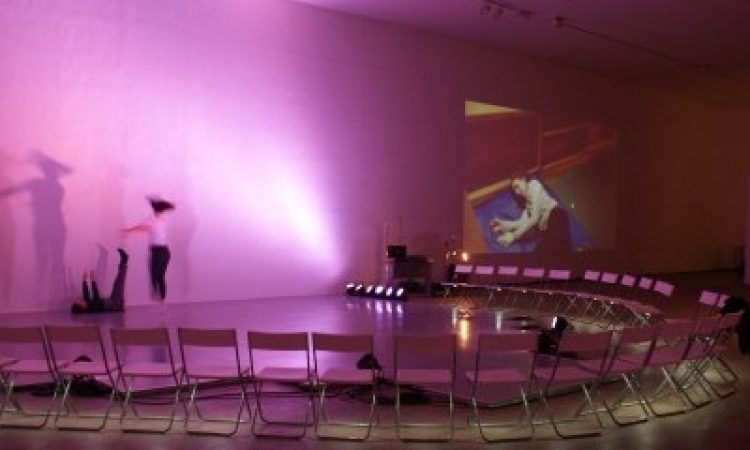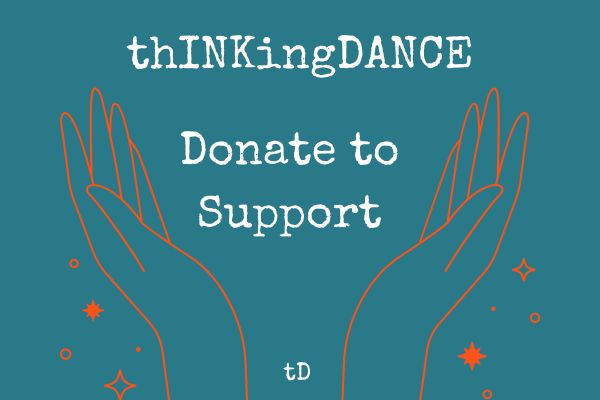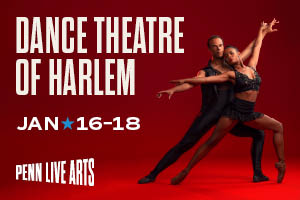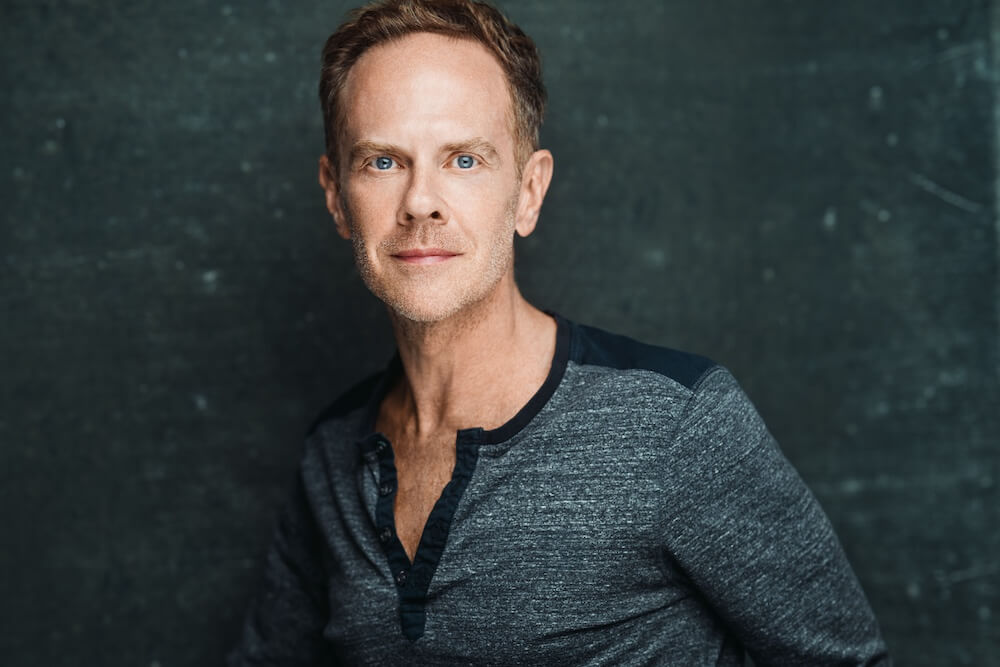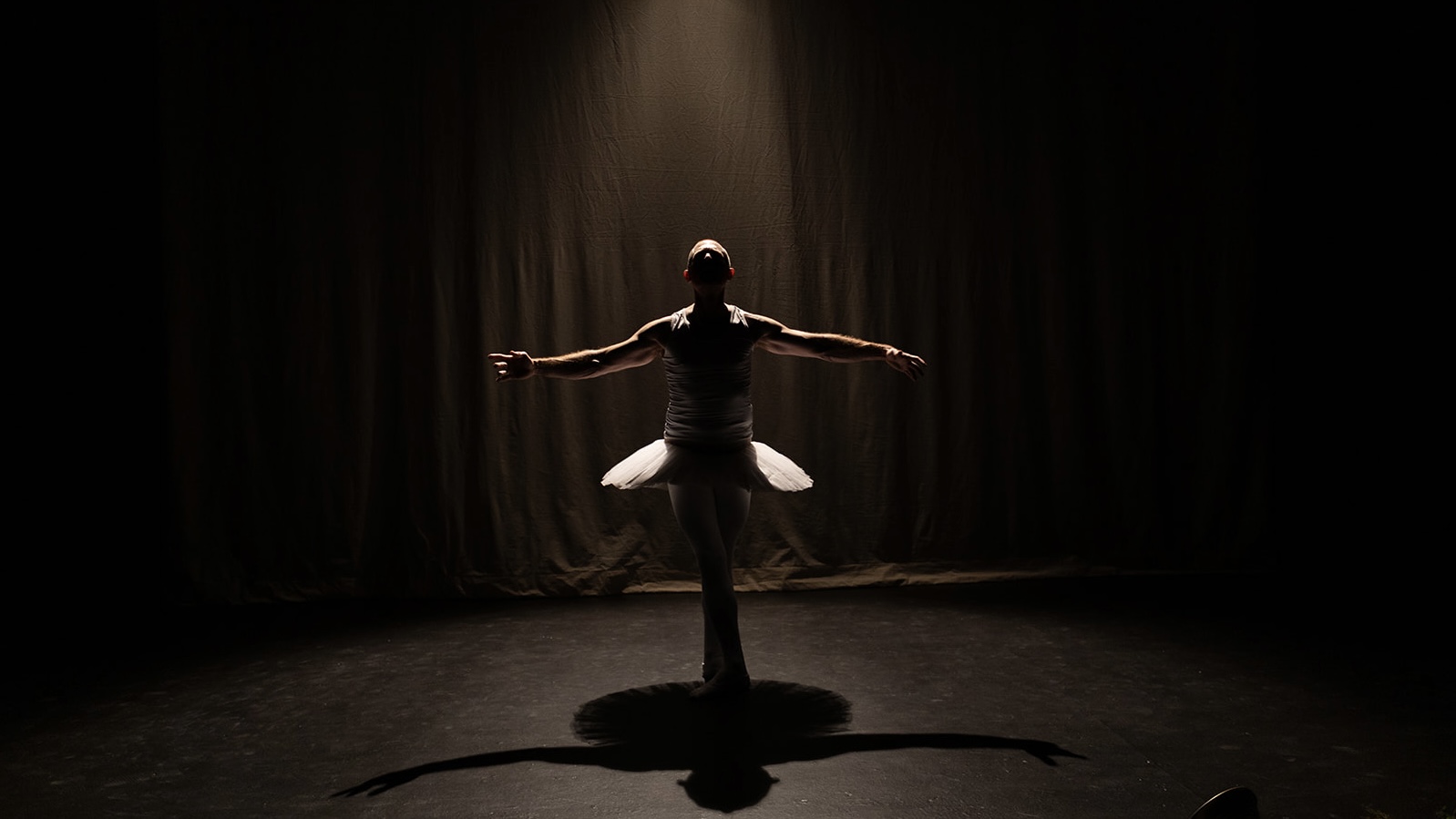Action is Primary is not a ballet.
Action is Primary is a score.
Action is Primary is a dance about what dance is.
Action is Primary is a dance that points to Meg Foley’s blue jeans, and the pinch of hair she sticks in her front pocket. It points to Kristel’s tight black jeans and the bobby pins she puts in her back pocket. The dance says, “We live in Uniqlo-Urban Outfitters-Forever21 twenty-first century; we don’t wear tutus, okay?”
These dancers show you that they drink water and that they get out of breath.
These dancers talk to people they know in the audience.
These dancers say bless you when someone sneezes.
These dancers acknowledge what they ate for dinner before the show.
…
Annie Wilson. Solo. Wednesday, April 16th, 7:30 p.m. She admits she thought the show started later, and consequently, is still digesting the pho she ate for dinner. She declares it a duet although technically billed as a solo.
…
I walk into the ICEBOX of Crane Arts—a modern 100′ x 50′ x 25′ high art gallery—aptly named. Monstrously cavernous, its extremely tall ceiling dwarfs any human who passes through it. For the moment, it houses the endgame of nearly six years of choreographer Meg Foley’s research, as well as that of three other dancers and collaborators—Kristel Baldoz, Marysia Stoklosa, and Annie Wilson. Given the dates their 3:15 recordings and documentation begin to appear on the project’s website, these women seem to have joined Foley in October 2015 or so.
…
“Every day at 3:15pm, do a dance. Document the thing you experienced, as best as you can. Whether that is a feeling, a place, or a movement. Like recognizing a wave that you are already riding—what is happening now, what does it do to you, and what do you do to it? This is some of what comes up for us.”—Introduction to Action is Primary website
…
The installation screams to me anti-domestic space. The STATEMENT greets me when I come in. The SCORE, printed on a BIG WHITE WALL, is LIT. The space is CLEAN. It is CLEAR that the HANGOUT SPOT is HERE on these globularly shaped pieces of beige carpet with blow-up bean bags. HERE you can watch some of the 3:15 videos of the dancers in their not-clean spaces—their kitchens, their offices, their beds, their laundry rooms, their cars, their wherevers—with their spouses, their coworkers, their babies—which ARE NOT HERE in the ICEBOX. Or they are, but reduced and flattened to two-dimensional form. Or subdued, behaved, and spoken in hushed voices. It feels about as personal as IKEA: not.
…
“The score:
Do what you need.
Action is primary: holding what you are doing at the center of what you are doing, even as it slips towards new centers.
1.single focus, multiple body
2.intervention
3.authentic melodrama
4.visualization
5.talking
6.all 5 at once
Action is primary—a practice curating attention while doing action is primary.”
…
Annie’s mustard yellow sweater—lying alongside the dancer’s journals carefully arranged in a circle on the floor as part of the installation in the lobby. I want it to be personal, intimate. But instead, like objects in museums, the journals and sweater emit this message: be interested, ponder this, but paws off!
…
Perhaps that’s why I’m so relieved when Annie screams and cusses mid-solo. I revel in her feeling the extended fricative ‘f’ form against her upper teeth. She does sonar for the audience; her sounds radiate outward and bounce back, throwing attention to just how far those distant corners are. With Annie in particular, I notice how often her actions reveal space (watching Meg, I notice movement; with Kristel, her mood; I did not see Marysia). Annie walks across the stage floor (which, we are told, shares the same dimensions as The Whole Shebang, Meg Foley and Carmichael Jones’ space in South Philadelphia, where rehearsals were held) and stops at the edge. She walks the entire length of the Ice Box, putting herself in corners. She gets under the carpeting to become a weird carpet-peanut-burrito mascot with bare legs. Didn’t she also say she broke the wall yesterday?
…
Annie opens the door to back patio. The sounds of a jackhammer, birds, and an ice cream truck pour into the Icebox, effectively melting the hum, breaking the unspoken ban on any decibel level above a quiet rustling, the shift in a seat, a whisper to a neighbor. She exits and we follow her into the courtyard. She runs and leaps in circles, her shoes sounding the texture of rocky cement beneath our feet. She walks over the bronze statue in the back, tracing its shape. Pressing against the chain-link fence, she reveals its height, its bounce, as well as the construction worker across the street. He’s swinging a large hammer on the open frame of the second story of a row home. I watch both their bodies. Both doing work. Both exerting. Both expressing. The body on this side of the fence shakes, wiggles, gyrates, slides while the other holds, strikes, tenses, resets. Annie comments that the row home will probably be three stories and not two. Not to mention the tax cuts the developers get. Annie and her rant lead us back inside.
…
I’m not a dancer, but I did take beginner ballet once. And in one particular class, I remember Kip Martin describing the form of ballet. How the dancer’s face follows the arm—watching that pinky jut out just so—or looks distantly to the corner where the body will follow. The face directs focus; the face says, “Look at me looking at my arm. Look at how graceful I make it for you.” Ballet delivers line, circles, order, precision, the masking of effort. And many find those qualities satisfying.
I think about what Action is Primary delivers.
…
Kristel hangs languidly over the corner of the stage. She rests there for a long time. The amount of time? Nearly defiant in a performative context. For a moment, she is the teenager sleeping in bed, and we, the audience, are the parents knocking at the door waiting for her to get up to no avail. Her body gets what it needs, not us.
As an audience member, I experience a weird tension; the dance annihilates me. Yes, a dancer might acknowledge my presence or my laugh or my sneeze, but this dance is not constructed for me. Or rather, I am equally as relevant and irrelevant as the towering wall, the blue or yellow or pink shade of light, the quality of the floor, a whim to run and leap around in a circle. I am victim to the dancer’s desires, boredoms, victories, grooves, habits, sensations as they arise. The score eats whatever stands in its path—me, wine in the lobby, tax cuts for developers in Kennsington, boredom, a tactile obsession with hair, wardrobe choices, the residue of a foot trained to point for years and years, an inexplicable desire to shake—and moves on.
Read Anna Drozdowski’s understanding of the project here.
Action is Primary, Meg Foley and collaborators Kristel Baldoz, Marysia Stokłosa, and Annie Wilson, Icebox Project Theater at Crane Arts, April 6-23. http://www.actionisprimary.com
Read Anna Drozdowski’s understanding of the event here.
